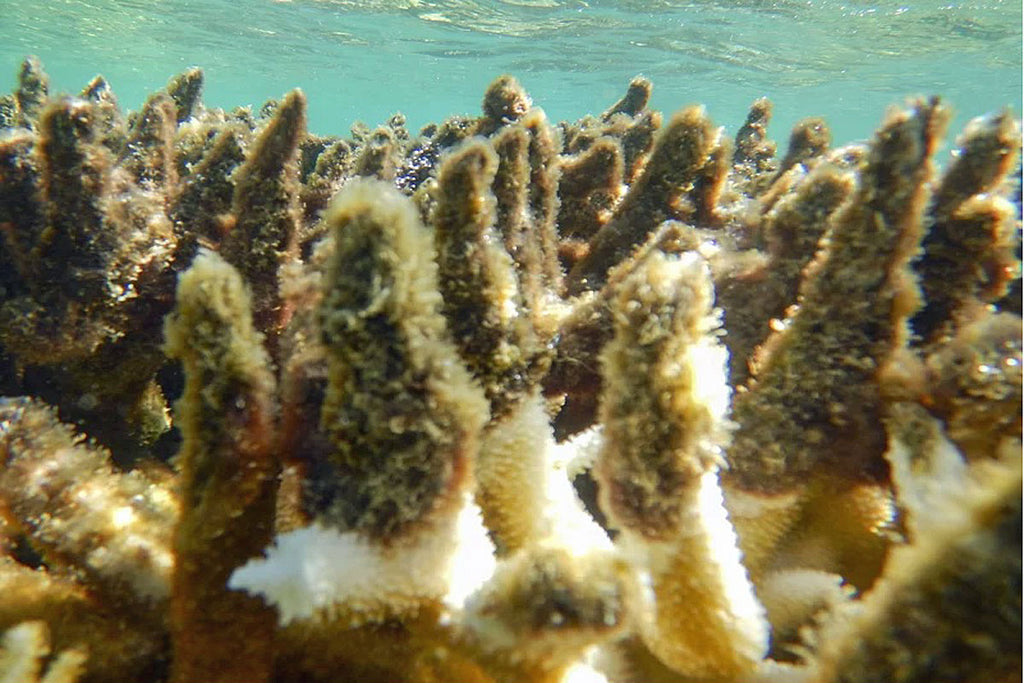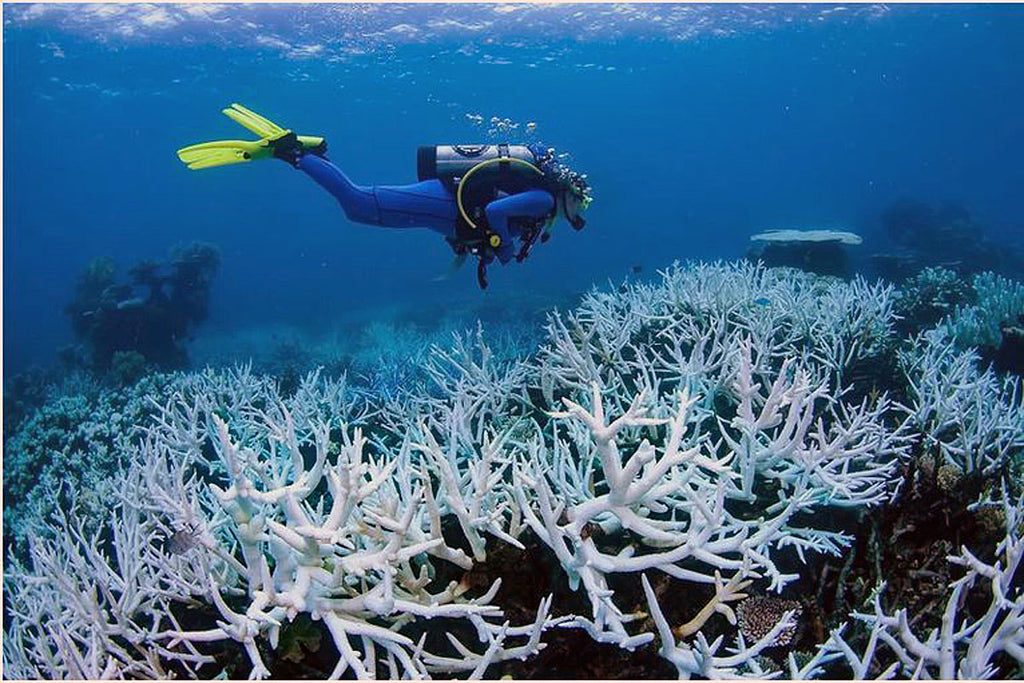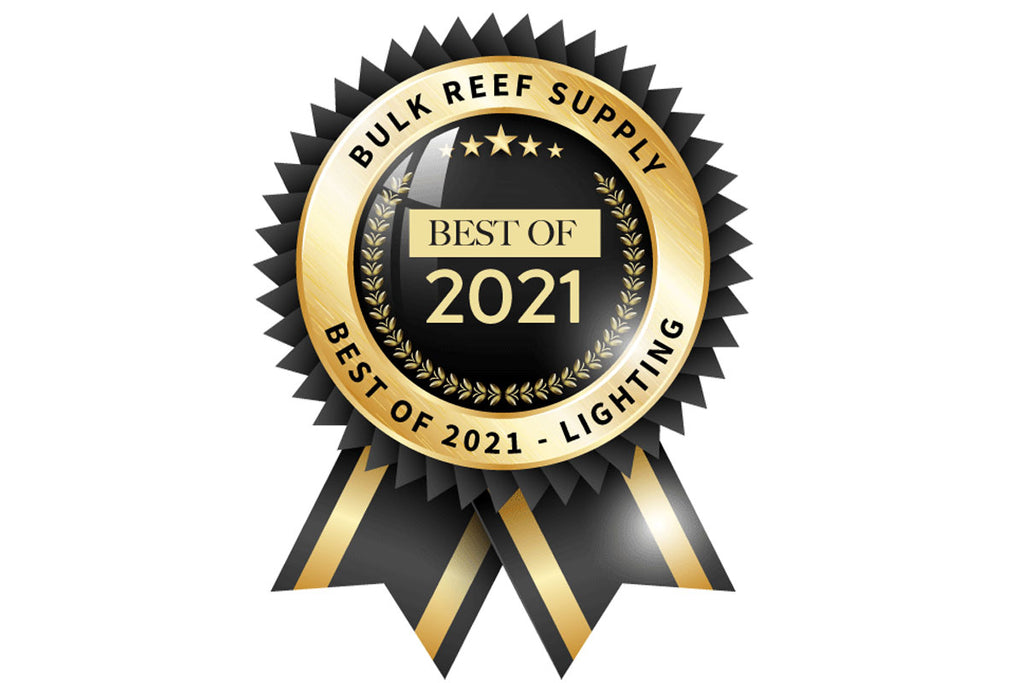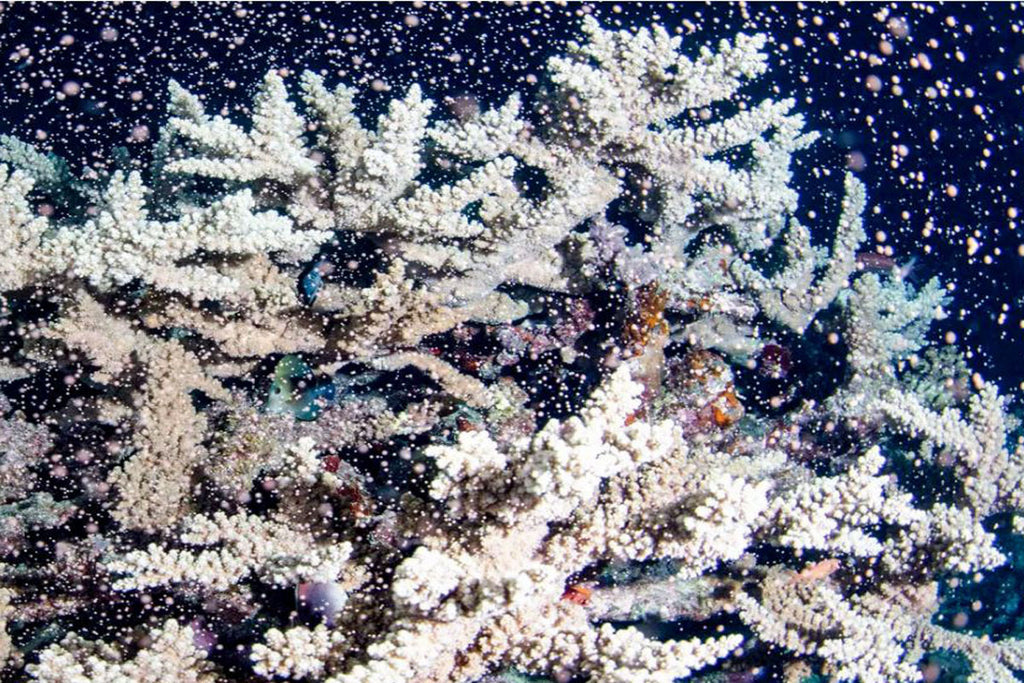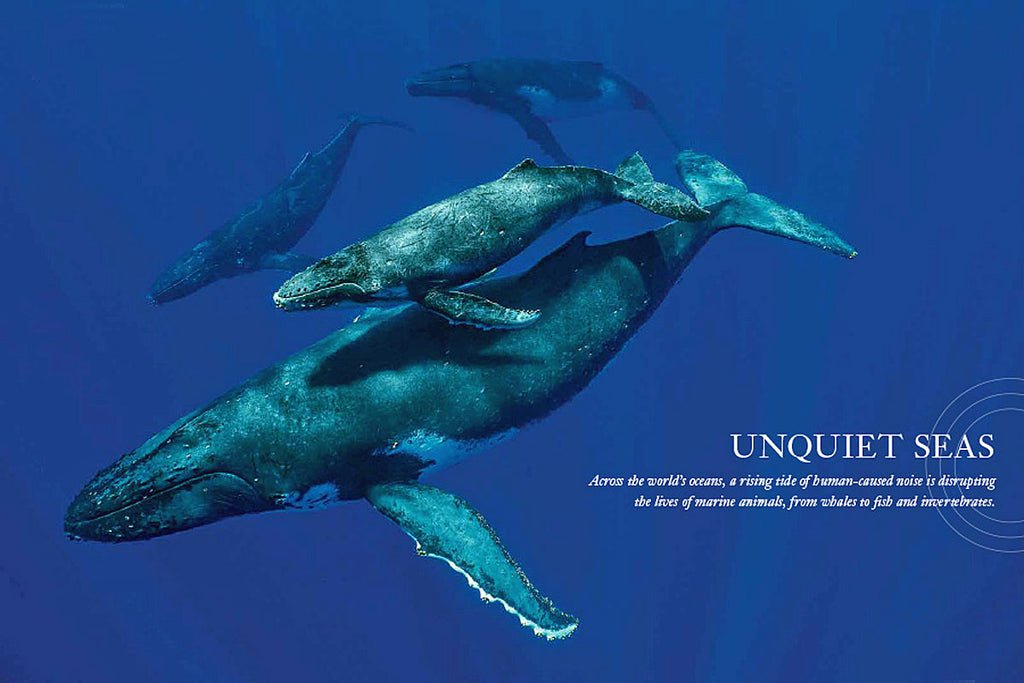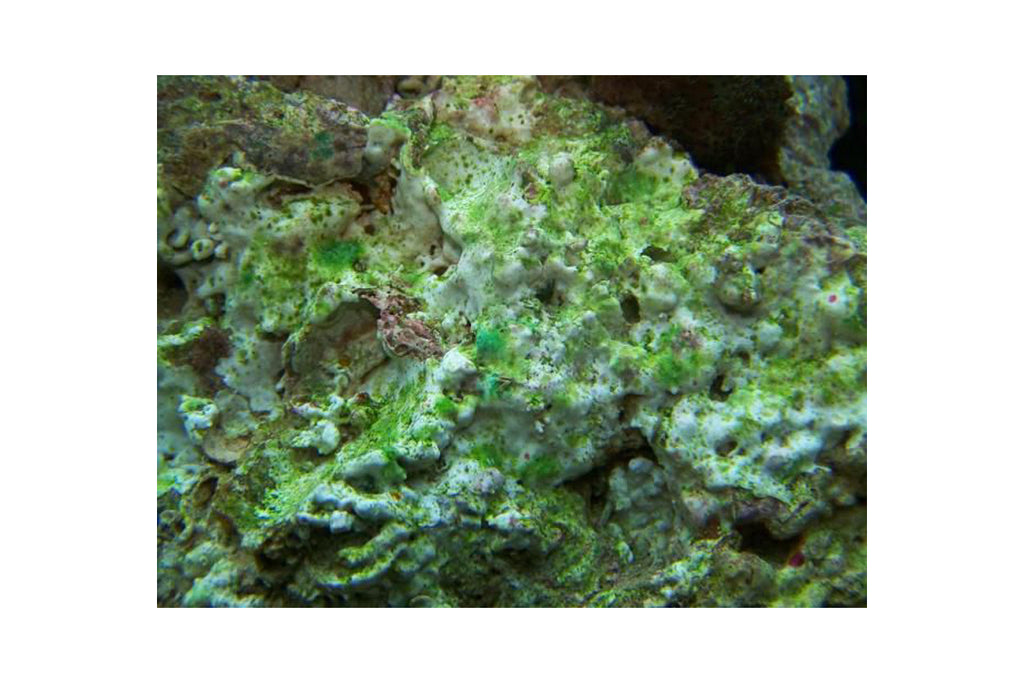Refugiums: Using Algae to Control Algae
- News
- 03 Jan, 2019
A refugium is a separate aquarium that shares the same water supply as your display tank. It provides a safe place (or refuge) to cultivate beneficial algae and animals in an area where they are safe from predators. Most reefers primarily use their refugiums to biologically control levels of nutrients such as Nitrates, Phosphates and CO2 thus controlling algae blooms in other parts of their system. When planning your refugium there are a few things to consider.
Size
To properly help regulate your nutrients the refugium must be large enough to handle the volume of water in your system. A general rule-of-thumb is that the refugium must be at least 20% the volume of your display tank, i.e., if your display tank is 100 gl. your refugium must be at least 20 gl. Not everyone has the space for an extra 20 gl. tank, but that’s ok. A smaller refugium is better than not having one at all, but your expectations should be adjusted accordingly.
Location
In general the size refugium needed will help dictate its location. There are three main places for installation. The smallest refugium can be hung on the back of the tank. The next size up will need to be placed in the cabinet of your aquarium stand. For larger units you want to dedicate a separate aquarium to grow your algae. All of these can either be utilitarian and hidden from site or ornamental and proudly displayed. For the two larger set ups it is advisable that the refugium is placed after the protein skimmer but before the return pump. This will not only allow any micro bubbles from the skimmer to be filtered by the algae it will also allow the water to pass more gently through the refugium.
Inhabitants
The primary inhabitant for most refugiums is algae. An excellent alga to grow is Chaetomorpha which looks like a ball of green hair. It is extremely affective, but if not aquascaped may not be visually pleasing. If your refugium cannot be hidden from view, you may want to consider more decorative algae such as Mermaid’s Cup and Dragon’s Breath. Caulerpa is outlawed in many states due to its invasiveness, so it should be avoided. You may also house livestock that cannot safely be placed in the main population. This is a great environment to stock Copepods, or Pods, that can be used as extra food for your fish. In an ornamental refugium predatory animals that would normally reap havoc on your main tank, such as Damselfish or McCosker’s Wrasse, could be safely kept.
Lighting
Algae are photosynthetic, so they do need a light source to grow. For most refugiums a simple Dual Lamp Marquis light would suffice. For areas needing a slimmer profile an Edge LED would work nicely. Regardless of the lighting set-up you settle on, it should be run counter that of the main tank. When the main tanks’ light is on, the refugium’s light should be off, and visa-versa. Since CO2 is absorbed by the water when lit and released by the water when not lit, this practice helps regulate the CO2 levels.
Refugiums can be an excellent addition to almost any reef tank. With a little planning and upfront cost, adding one to your system could save you several hours of regulating chemicals and fighting algae.

